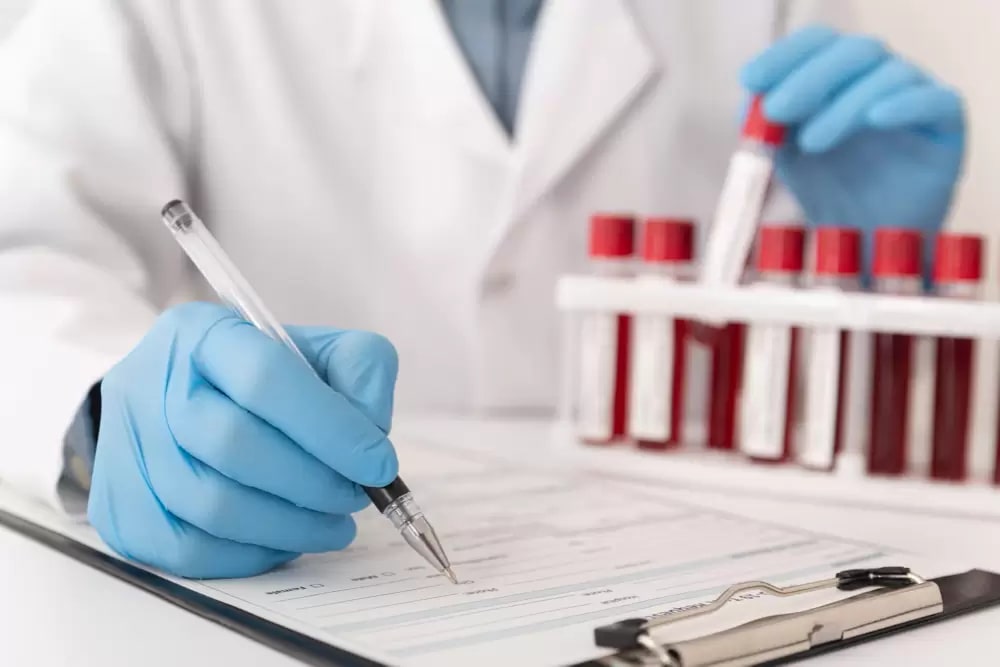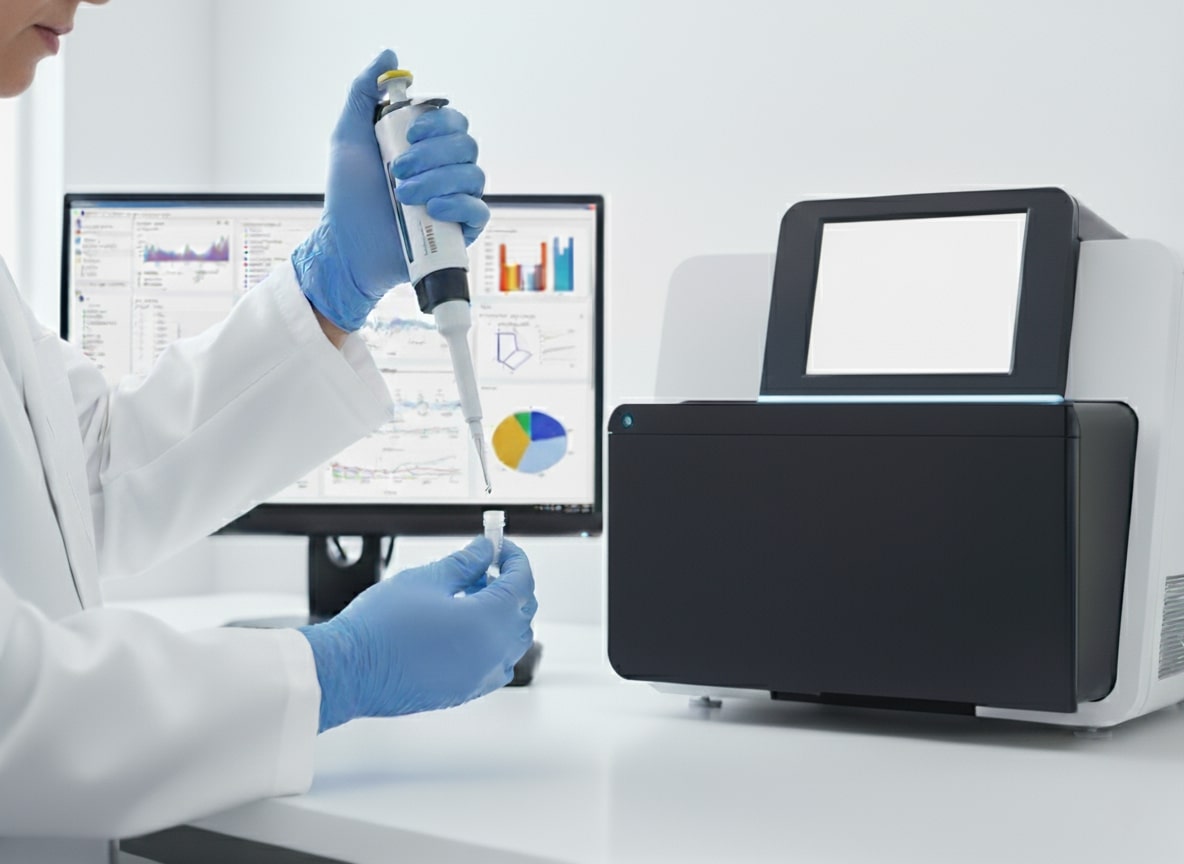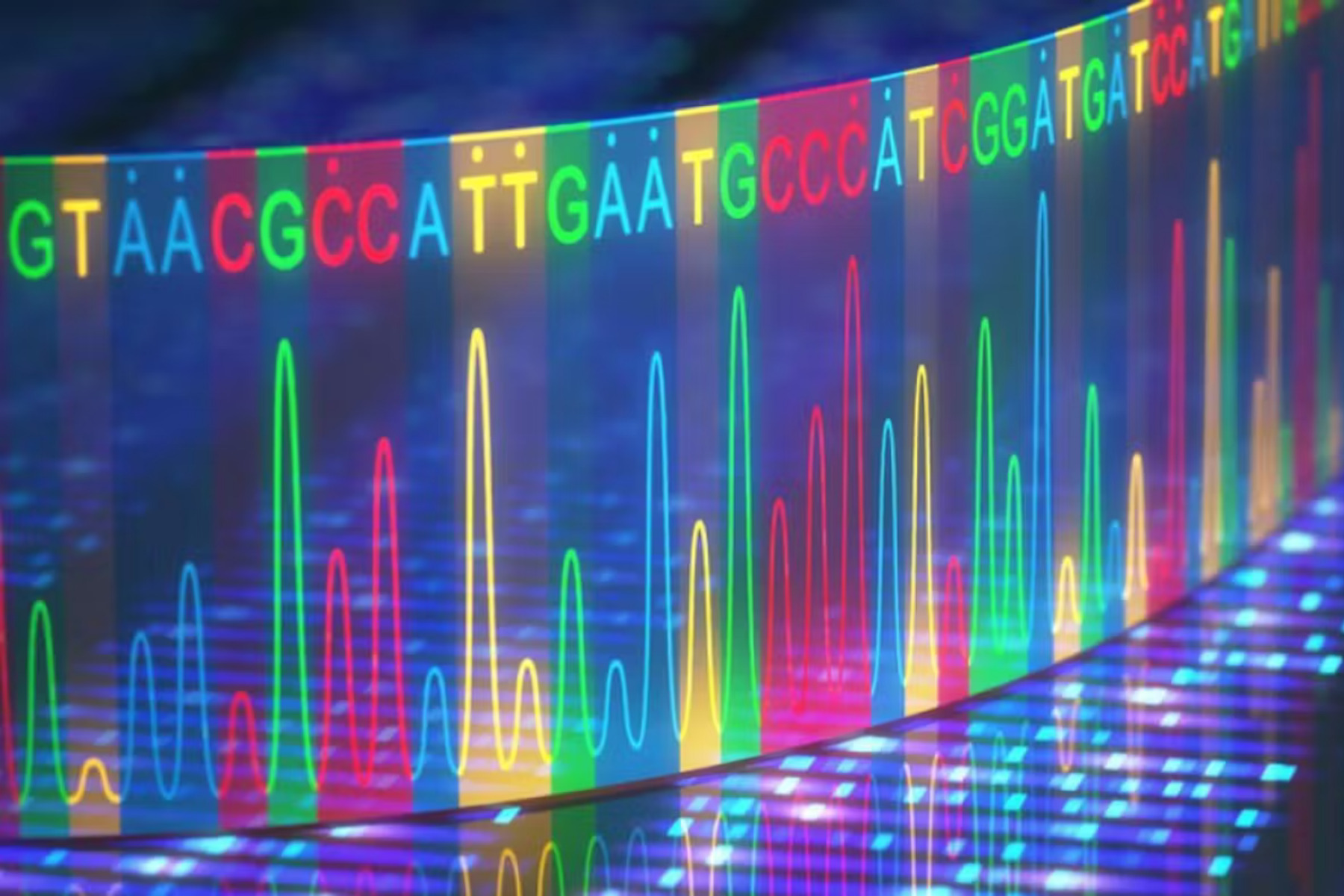What is Lymphoma?
Lymphoma is a type of cancer that originates from lymphocytes, which are white blood cells that help fight infections as part of the immune response. There are two main types of lymphoma: Hodgkin lymphoma (HL) and Non-Hodgkin lymphoma (NHL). Each subtype exhibits distinct clinical behaviors, treatment responses, and prognoses. Early detection and personalized monitoring are essential for successful disease management in both HL and NHL.
What is Hodgkin Lymphoma (HL)?
HL primarily affects younger individuals and is a relatively rare and treatable form of lymphoma. In 2020, 83,087 cases of HL were responsible for 0.2% of cancer-related fatalities and 0.4% of newly reported cancer cases worldwide [1]. Despite the high cure rate, accurate diagnosis and monitoring remain critical for HL treatment, especially in relapsed or refractory cases.
Why Monitoring Lymphoma Matters
Cancer recurrence can occur even after apparent remission in both Hodgkin lymphoma (HL) and other forms of lymphoma. Although traditional imaging (PET/CT scans) is useful, it may lack the sensitivity that is needed especially for early relapse detection. This is where liquid biopsy and ctDNA analysis may be promising new tools.
Liquid Biopsy and ctDNA in Lymphoma
A liquid biopsy is a minimally invasive blood test that detects tumor-derived genetic material, such as circulating tumor DNA (ctDNA, see our previous article), in the bloodstream. In contrast to traditional biopsies, liquid biopsies can be easily repeated over time without placing the patient at discomfort or risk – only a blood sample is needed.
In lymphoma, a bunch of information regarding the tumor’s genetic profile and mutational burden can be found in ctDNA, making it an ideal tool for:
- Monitoring treatment response
- Detecting minimal residual disease (MRD)
- Identifying early relapse
- Understanding tumor evolution
What Are Liquid Biopsy Biomarkers in Lymphoma?
The most famous ctDNA-based liquid biopsy biomarkers in lymphoma are point mutations (eg. in MYD88, TP53, BCL2 and BCL6) [2], but they also include copy number variations [3], and rearrangements [4]. While point mutations are small changes in a single DNA base, copy number variations refer to gains or losses of sections of DNA, and rearrangements involve structural changes such as gene fusions or translocations that can disrupt normal gene function.
MRD in Lymphoma: A New Era of Precision Monitoring
Minimal residual disease (MRD) refers to the small number of cancer cells remaining in the body after treatment, which may eventually lead to relapse. Historically, MRD detection in lymphoma was not possible. However, liquid biopsy now enables highly sensitive MRD measurement through ctDNA detection, which enables:
- An earlier identification of relapse
- Real-time assessment of treatment efficacy
- Risk-adapted therapy decisions
How LIQOMICS Supports MRD Detection in Lymphoma
At LIQOMICS, we specialize in high-precision liquid biopsy assays for solid and hematologic cancers. For lymphoma patients, we offer two ctDNA-based MRD tests:
- LymphoVista, which is optimized for all lymphoma types, including HL
- and LymphoVista HL, which is specifically designed for Hodgkin lymphoma
These assays enable:
- Sensitive detection of ctDNA
- Reliable MRD monitoring throughout treatment and follow-up
- Mutation profiling to support therapy decisions and research
We collaborate closely with academic institutions and clinical laboratories to validate our assays using real-world patient samples. Our mission is to establish non-invasive, personalized disease monitoring as the standard of care in lymphoma management across Germany and beyond.
LIQOMICS offers the tools and expertise to support ctDNA-based MRD testing in lymphoma and Hodgkin lymphoma, whether you’re a clinician, researcher, or diagnostic laboratory.
Lab test for lymphoma - MRD in Lymphoma and Hodgkin Lymphoma. Book now
Contact us or visit liqomics.com to learn more about LymphoVista or LymphoVista HL and how LIQOMICS can support your lymphoma research or clinical diagnostics.
Literature
- Oehadian A, Kartikasari A, Mersiana L, et al. Clinical and Biomarker Characteristic of Lymphoma Patients in Hasan Sadikin Lymphoma Registry. J Blood Med. 2024;15:341–349.
- Sun R, Medeiros LJ, Young KH. Diagnostic and predictive biomarkers for lymphoma diagnosis and treatment in the era of precision medicine. Mod Pathol. 2016;29(10):1118–1142.
- Cascione L, Aresu L, Baudis M, et al. DNA Copy Number Changes in Diffuse Large B Cell Lymphomas. Front Oncol. 2020;10:584095.
- He X, Xu P, Wang X, et al. The association of gene rearrangement and lymphoma diagnosis: A prospective observational study. Medicine (Baltimore). 2020;99(24):e20733.
- Roschewski M, Rossi D, Kurtz DM, et al. Circulating Tumor DNA in Lymphoma: Principles and Future Directions. Blood Cancer Discov. 2022;3(1):5–15.



